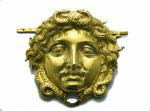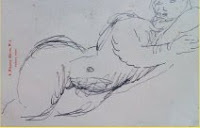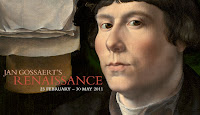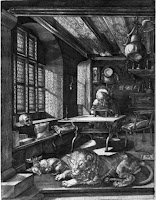The Power of Making
Interesting exhibition at the V&A looking at role of making things in our lives. This exhibition was too busy when I went round it so it was hard to read the labels and I think I lost on what is was trying to do. There was an eclectic mix of objects which were fascinating but I just wasn’t sure how they fitted together. The moral of the story, don’t wait until the Christmas break to do free exhibitions! Reviews Times Daily Telegraph Independent








































